And it does not violate the laws of physics.
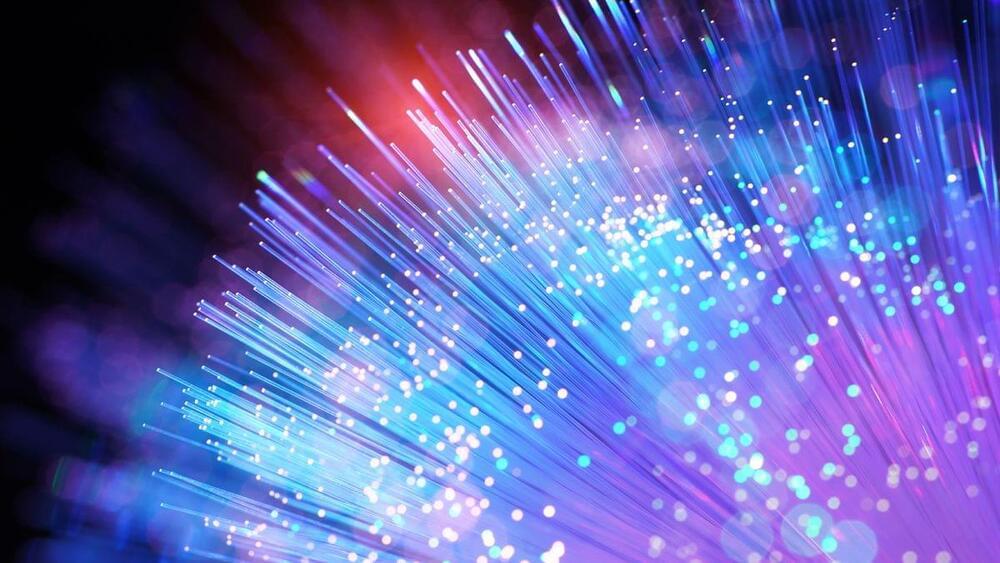

Entanglement is perhaps one of the most confusing aspects of quantum mechanics. On its surface, entanglement allows particles to communicate over vast distances instantly, apparently violating the speed of light. But while entangled particles are connected, they don’t necessarily share information between them.
In quantum mechanics, a particle isn’t really a particle. Instead of being a hard, solid, precise point, a particle is really a cloud of fuzzy probabilities, with those probabilities describing where we might find the particle when we go to actually look for it. But until we actually perform a measurement, we can’t exactly know everything we’d like to know about the particle.
These fuzzy probabilities are known as quantum states. In certain circumstances, we can connect two particles in a quantum way, so that a single mathematical equation describes both sets of probabilities simultaneously. When this happens, we say that the particles are entangled.
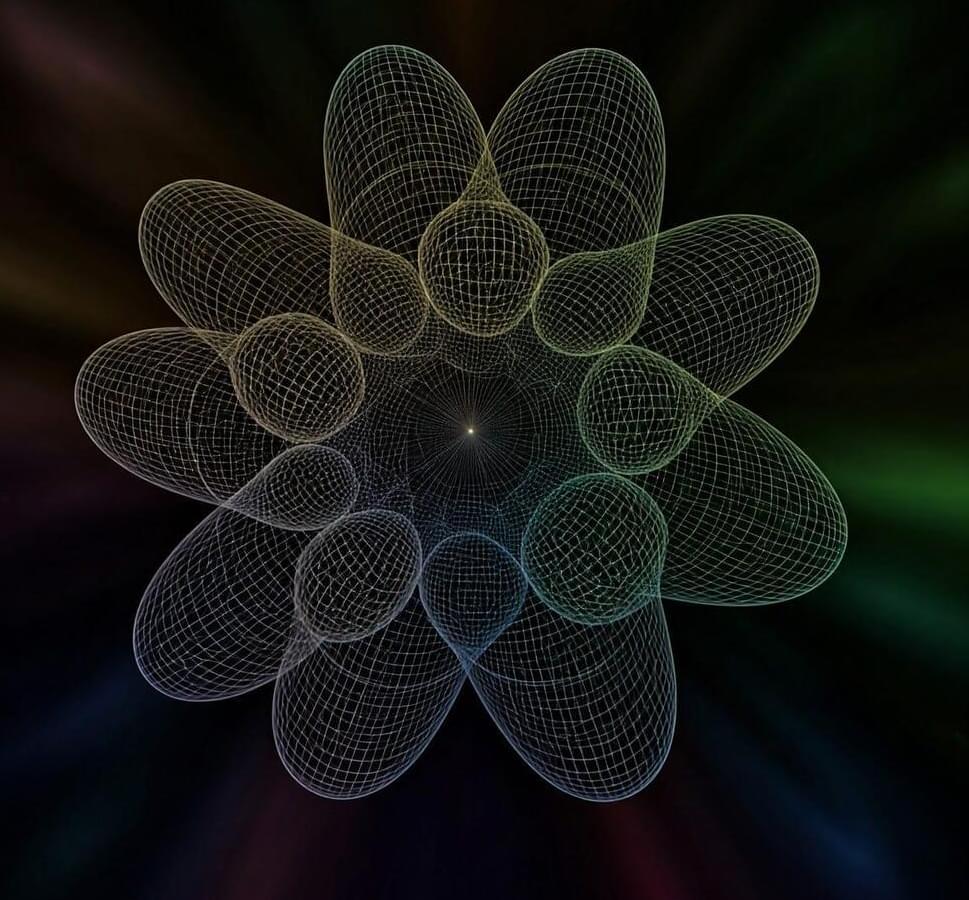
The concept of vectors can be traced back to the 17th century with the development of analytic geometry by René Descartes and Pierre de Fermat. They used coordinates to represent points in a plane, which can be seen as a precursor to vectors. In the early 19th century, mathematicians like Bernard Bolzano and August Ferdinand Möbius began to formalize operations on points, lines, and planes, which further developed the idea of vectors.
Hermann Grassmann is considered one of the key figures in the development of vector spaces. In his 1844 work “Die lineale Ausdehnungslehre” (The Theory of Linear Extension), he introduced concepts that are central to vector spaces, such as linear independence, dimension, and scalar products. However, his work was not widely recognized at the time.
In 1888, Giuseppe Peano gave the first modern axiomatic definition of vector spaces. He called them “linear systems” and provided a set of axioms that precisely defined the properties of vector spaces and linear maps. Hilbert helped to further formalize and abstract the concept of vector spaces, placing it within a broader axiomatic framework for mathematics. He played a key role in the development of functional analysis, which studies infinite-dimensional vector spaces.
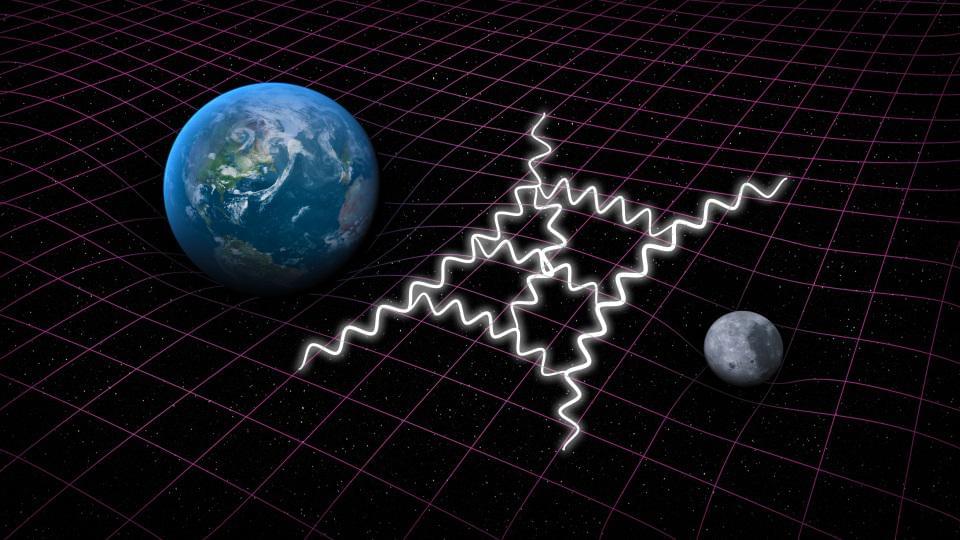
Which brings us to the big question: what about gravity?
This is something where we can’t be certain, as gravitation remains the only known force for which we don’t have a full quantum description. Instead, we have Einstein’s general relativity as our theory of gravity, which relies on a purely classical (i.e., non-quantum) formalism for describing it. According to Einstein, spacetime behaves as a four-dimensional fabric, and it’s the curvature and evolution of that fabric that determines how matter-and-energy move through it. Similarly it’s the presence and distribution of matter-and-energy that determine the curvature and evolution of spacetime itself: the two notions are linked together in an inextricable way.
Now, over on the quantum side, our other fundamental forces and interactions have both a quantum description for particles and a quantum description for the fields themselves. All calculations performed within all quantum field theories are calculated within spacetime, and while most of the calculations we perform are undertaken with the assumption that the underlying background of spacetime is flat and uncurved, we can also insert more complex spacetime backgrounds where necessary. It was such a calculation, for example, that led Stephen Hawking to predict the emission of the radiation that bears his name from black holes: Hawking radiation. Combining quantum field theory (in that case, for electromagnetism) with the background of curved spacetime inevitably leads to such a prediction.
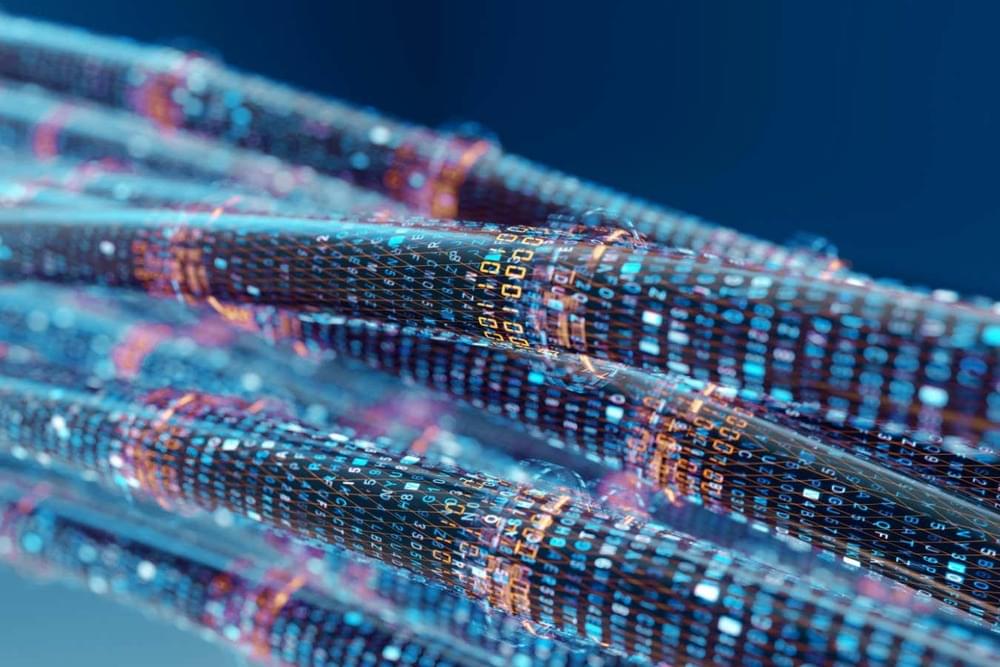
An experiment showing that quantum and classical communication can be carried out through the same fibre at the same time may open the door to building a quantum internet with existing infrastructure.

Scientists have long known that light can sometimes appear to exit a material before entering it—an effect dismissed as an illusion caused by how waves are distorted by matter.
Now, researchers at the University of Toronto, through innovative quantum experiments, say they have demonstrated that “negative time” isn’t just a theoretical idea—it exists in a tangible, physical sense, deserving closer scrutiny.
The findings, posted on the preprint server arXiv but not yet published in a peer-reviewed journal, have attracted both global attention and skepticism.
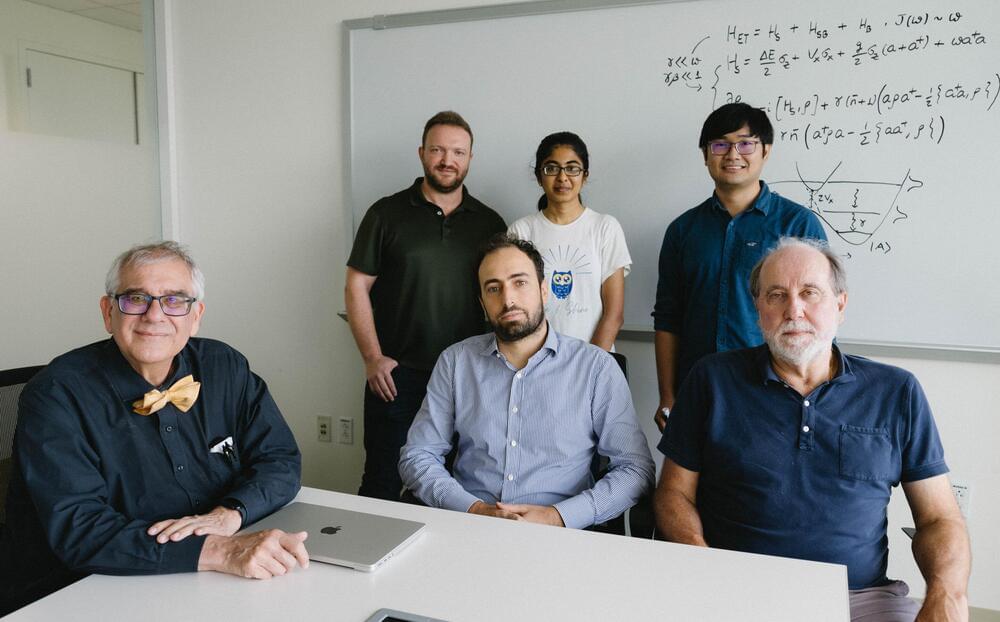
Researchers at Rice University have made a meaningful advance in the simulation of molecular electron transfer—a fundamental process underpinning countless physical, chemical and biological processes. The study, published in Science Advances, details the use of a trapped-ion quantum simulator to model electron transfer dynamics with unprecedented tunability, unlocking new opportunities for scientific exploration in fields ranging from molecular electronics to photosynthesis.
Electron transfer, critical to processes such as cellular respiration and energy harvesting in plants, has long posed challenges to scientists due to the complex quantum interactions involved. Current computational techniques often fall short of capturing the full scope of these processes. The multidisciplinary team at Rice, including physicists, chemists and biologists, addressed these challenges by creating a programmable quantum system capable of independently controlling the key factors in electron transfer: donor-acceptor energy gaps, electronic and vibronic couplings and environmental dissipation.
Using an ion crystal trapped in a vacuum system and manipulated by laser light, the researchers demonstrated the ability to simulate real-time spin dynamics and measure transfer rates across a range of conditions. The findings not only validate key theories of quantum mechanics but also pave the way for novel insights into light-harvesting systems and molecular devices.
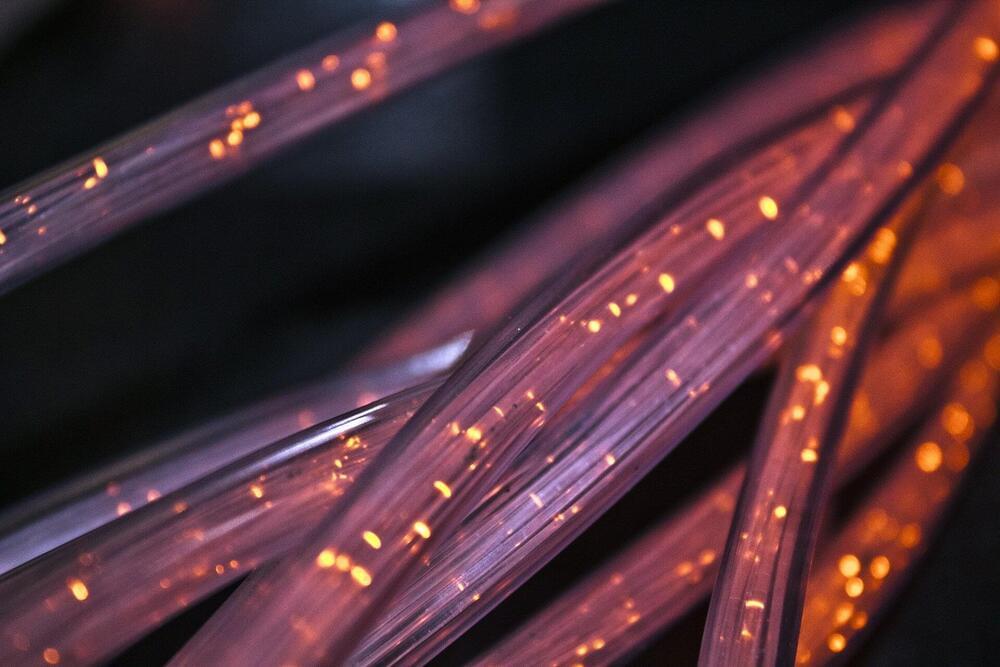
Northwestern University engineers are the first to successfully demonstrate quantum teleportation over a fiberoptic cable already carrying internet traffic.
The discovery introduces the new possibility of combining quantum communication with existing internet cables—greatly simplifying the infrastructure required for distributed quantum sensing or computing applications.
The study is published on the arXiv preprint server and is due to appear in the journal Optica.

Quantum walks are a powerful theoretical model using quantum effects such as superposition, interference and entanglement to achieve computing power beyond classical methods.
A research team at the National Innovation Institute of Defense Technology from the Academy of Military Sciences (China) recently published a review article that thoroughly summarizes the theories and characteristics, physical implementations, applications and challenges of quantum walks and quantum walk computing. The review was published Nov. 13 in Intelligent Computing in an article titled “Quantum Walk Computing: Theory, Implementation, and Application.”
As quantum mechanical equivalents of classical random walks, quantum walks use quantum phenomena to design advanced algorithms for applications such as database search, network analysis and navigation, and quantum simulations. Different types of quantum walks include discrete-time quantum walks, continuous-time quantum walks, discontinuous quantum walks, and nonunitary quantum walks. Each model presents unique features and computational advantages.

UC Santa Barbara researchers developed a compact, low-cost laser that matches the performance of lab-scale systems. Using rubidium atoms and advanced chip integration, it enables applications like quantum computing, timekeeping, and environmental sensing, including satellite-based gravitational mapping.
For experiments requiring ultra-precise atomic measurements and control—such as two-photon atomic clocks, cold-atom interferometer sensors, and quantum gates—lasers are indispensable. The key to their effectiveness lies in their spectral purity, meaning they emit light at a single color or frequency. Today, achieving the ultra-low-noise, stable light necessary for these applications relies on bulky and expensive tabletop laser systems designed to generate and manage photons within a narrow spectral range.
But what if these atomic applications could break free from the confines of labs and benchtops? This is the vision driving research in UC Santa Barbara engineering professor Daniel Blumenthal’s lab, where his team is working to replicate the performance of these high-precision lasers in lightweight, handheld devices.